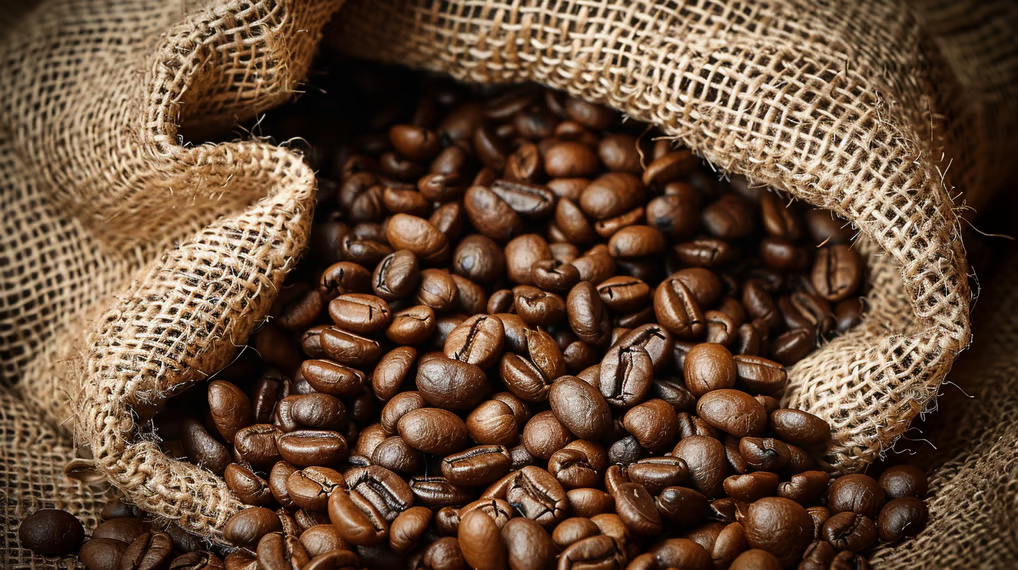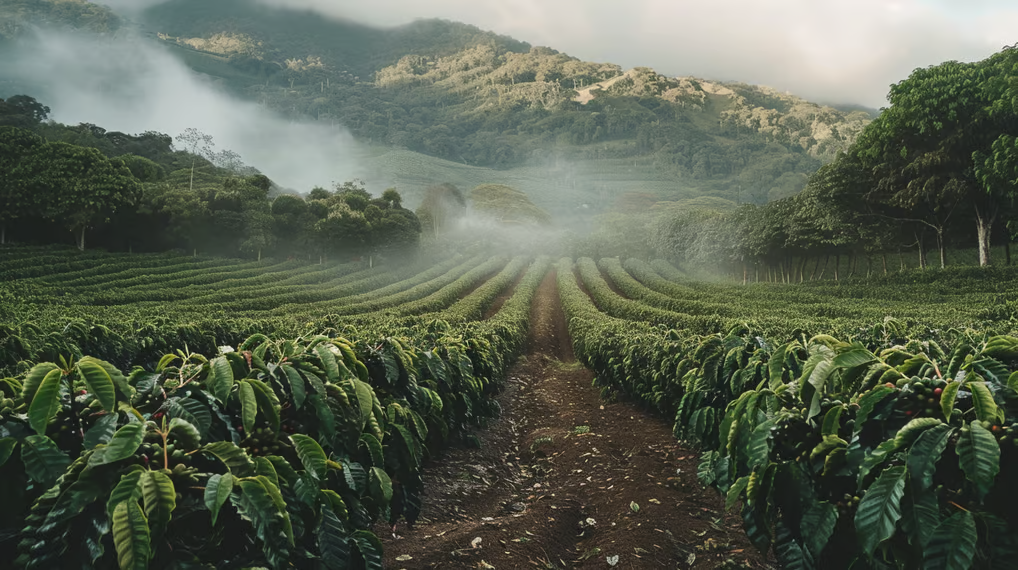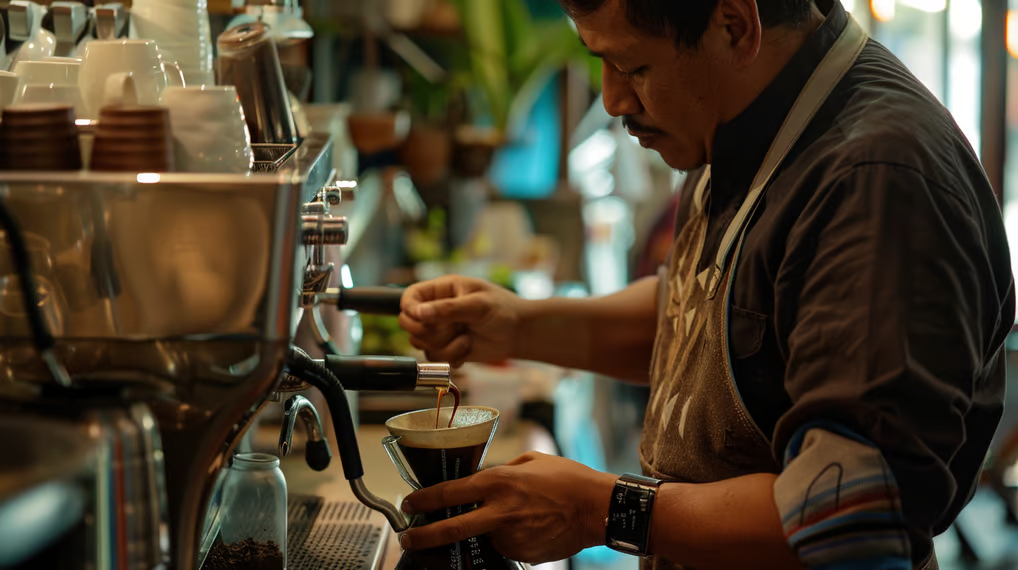Mexico’s Coffee Culture: From Plantation to Cup
Dive into the rich and aromatic world of Mexico's coffee culture, tracing the journey from lush plantations to the perfect cup, and discover how this beloved beverage is deeply woven into the fabric of Mexican life.

Mexico’s coffee culture is a vibrant and fascinating world that extends far beyond your morning cup of joe. From the historical roots of coffee in Mexico to the global impact of Mexican beans, there is so much to discover about this rich coffee culture. Let’s dive in and explore the journey of Mexico’s coffee, from plantation to cup.
The Historical Roots of Mexican Coffee
Long before Starbucks graced every corner, coffee had already made its way to the shores of Mexico. The introduction of coffee to Mexico can be traced back to the 18th century. It was the Spanish colonizers who first brought coffee plants to the shores of Veracruz, a coastal city in eastern Mexico.
The Introduction of Coffee to Mexico
Legend has it that the Spanish brought the first coffee plants to Mexico from the Caribbean island of Cuba. These plants flourished in the fertile soil and tropical climate of Veracruz, sparking the beginnings of a nation's love affair with coffee.
The Evolution of Coffee Cultivation in Mexico
As coffee cultivation took root in Mexico, so did the passion for this aromatic beverage. Over the years, different regions of Mexico started to cultivate their own unique varieties of coffee, each with its own flavor profile and characteristics. Today, the states of Chiapas, Oaxaca, and Veracruz are renowned for producing some of the finest coffee in Mexico.
Chiapas, located in the southernmost part of Mexico, is known for its high-altitude coffee farms nestled in the lush mountains. The cool climate and volcanic soil provide the perfect conditions for growing Arabica beans, which are highly sought after for their delicate flavors and bright acidity. The coffee produced in Chiapas often exhibits notes of chocolate, citrus, and caramel, making it a favorite among coffee connoisseurs.
Oaxaca, on the other hand, boasts a rich coffee heritage that dates back centuries. The region's coffee farms are situated in the Sierra Madre mountain range, where the combination of altitude, shade, and rainfall creates an ideal microclimate for coffee cultivation. Oaxacan coffee is known for its complex flavors, with hints of floral, fruity, and nutty undertones. It is often described as having a smooth, velvety mouthfeel that lingers on the palate.
Veracruz, where coffee first took root in Mexico, continues to be a major player in the country's coffee industry. The region's coffee farms stretch along the Gulf of Mexico, benefiting from the region's warm and humid climate. Veracruz coffee is characterized by its medium body and balanced acidity, with flavors ranging from nutty and caramel to bright and citrusy. It is a versatile coffee that can be enjoyed both black and with milk.
As the demand for Mexican coffee continues to grow, so does the dedication of the farmers who work tirelessly to produce exceptional beans. From the labor-intensive process of hand-picking ripe cherries to the meticulous roasting techniques, every step of the coffee production in Mexico is a testament to the country's rich coffee heritage.

The Coffee Plantations of Mexico
When you think of coffee plantations, your mind may wander to the lush landscapes of Colombia or Brazil. However, Mexico is also home to its fair share of picturesque coffee plantations.
The Unique Geography of Mexican Coffee Plantations
Coffee plantations in Mexico benefit from the country's diverse geography. From the mountainous terrain of Chiapas to the volcanic soil of Veracruz, each region imparts its distinctive flavors to the coffee beans. The altitude, rainfall, and temperature variations create the perfect conditions for cultivating coffee that is bursting with flavor. In the southern state of Chiapas, coffee plantations thrive amidst the breathtaking mountain ranges. The cool temperatures and ample rainfall provide an ideal environment for Arabica coffee, known for its delicate and nuanced flavors. As the misty clouds roll over the mountains, they blanket the coffee trees, nurturing them with moisture and creating a microclimate that enhances the beans' complexity.
The Process of Coffee Growing and Harvesting
Growing coffee is a labor-intensive process that involves dedicated farmers and skilled pickers. From tending to the coffee trees to hand-picking the ripe cherries, every step of the journey is crucial in ensuring the highest quality beans.As the sun rises over the coffee plantations of Veracruz, farmers begin their day, meticulously caring for the coffee trees. They prune the branches, removing any diseased or damaged leaves, and apply organic fertilizers to nourish the soil. The farmers' expertise and attention to detail are essential in maintaining the health and vitality of the coffee plants. When the coffee cherries ripen to a deep red hue, it is time for the skilled pickers to harvest them. Armed with baskets and a discerning eye, they carefully select only the ripest cherries, ensuring that only the best beans make it into your morning cup of joe. This meticulous process guarantees that each coffee bean is bursting with the flavors and aromas that make Mexican coffee so renowned.Once the cherries are harvested, they undergo a series of processing steps to transform them into the coffee beans we know and love. The cherries are sorted and pulped to remove the outer fruit, revealing the precious beans inside. These beans are then left to dry naturally under the warm Mexican sun, allowing them to develop their distinct flavor profiles.After the drying process, the beans are carefully roasted to perfection, bringing out their unique characteristics. The roasting process is an art form, with skilled roasters carefully monitoring the temperature and time to achieve the desired flavor profile. Finally, the roasted beans are ready to be ground and brewed, delivering a rich and satisfying cup of Mexican coffee.
The Art of Mexican Coffee Roasting
Roasting is where the coffee beans truly come alive, and Mexican coffee roasters take this art form to new heights.
Traditional Roasting Techniques
In some small towns and neighborhoods, you can still find traditional coffee roasters who use century-old techniques to roast their beans. These craftsmen carefully roast small batches of coffee, ensuring that each bean is roasted to perfection, unveiling its unique flavor notes.
Modern Innovations in Coffee Roasting
As technology advances, so does the world of coffee roasting. In bustling cities like Mexico City and Guadalajara, you'll find specialty coffee shops and roasteries that embrace modern innovations. From advanced roasting machines to innovative brewing methods, these establishments push the boundaries of what coffee can be, offering coffee enthusiasts a wide range of flavors and experiences.
